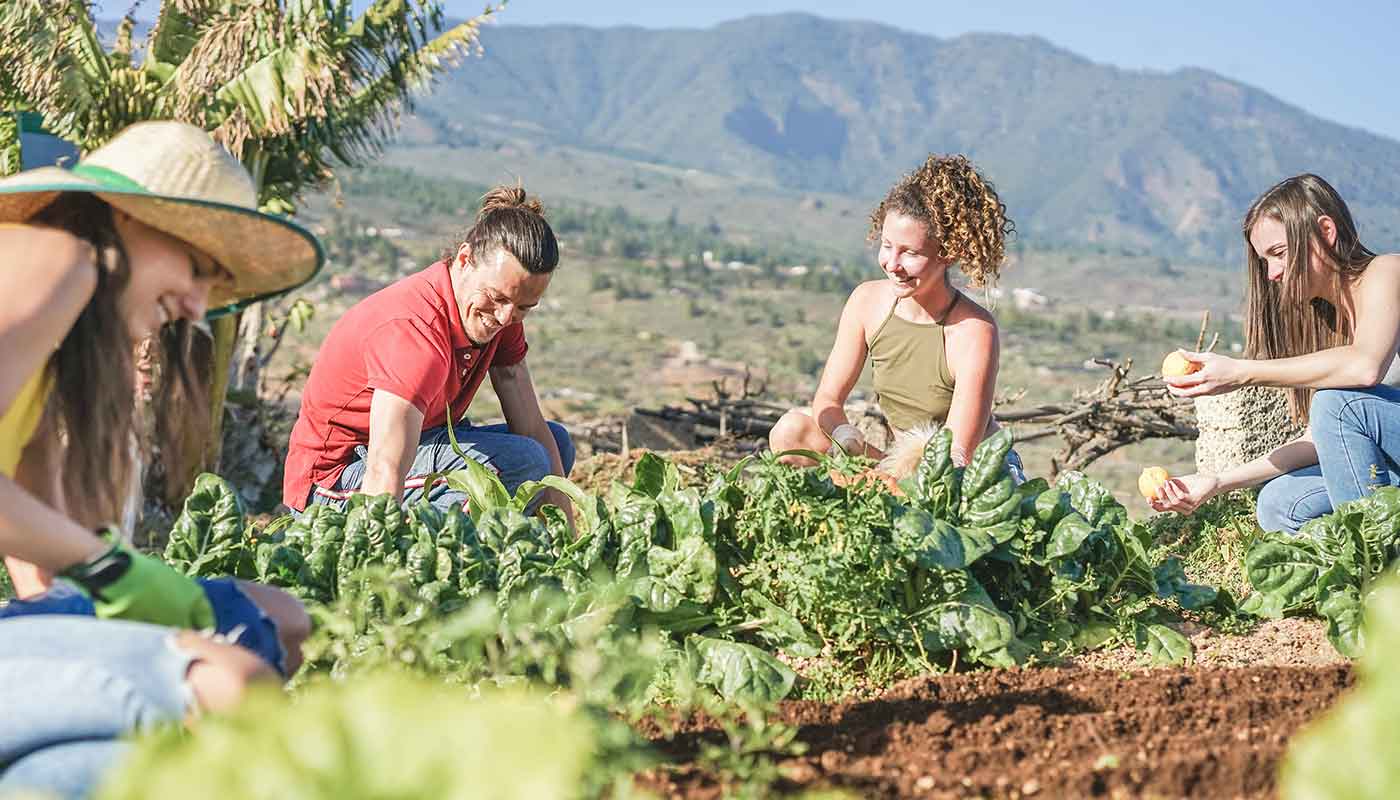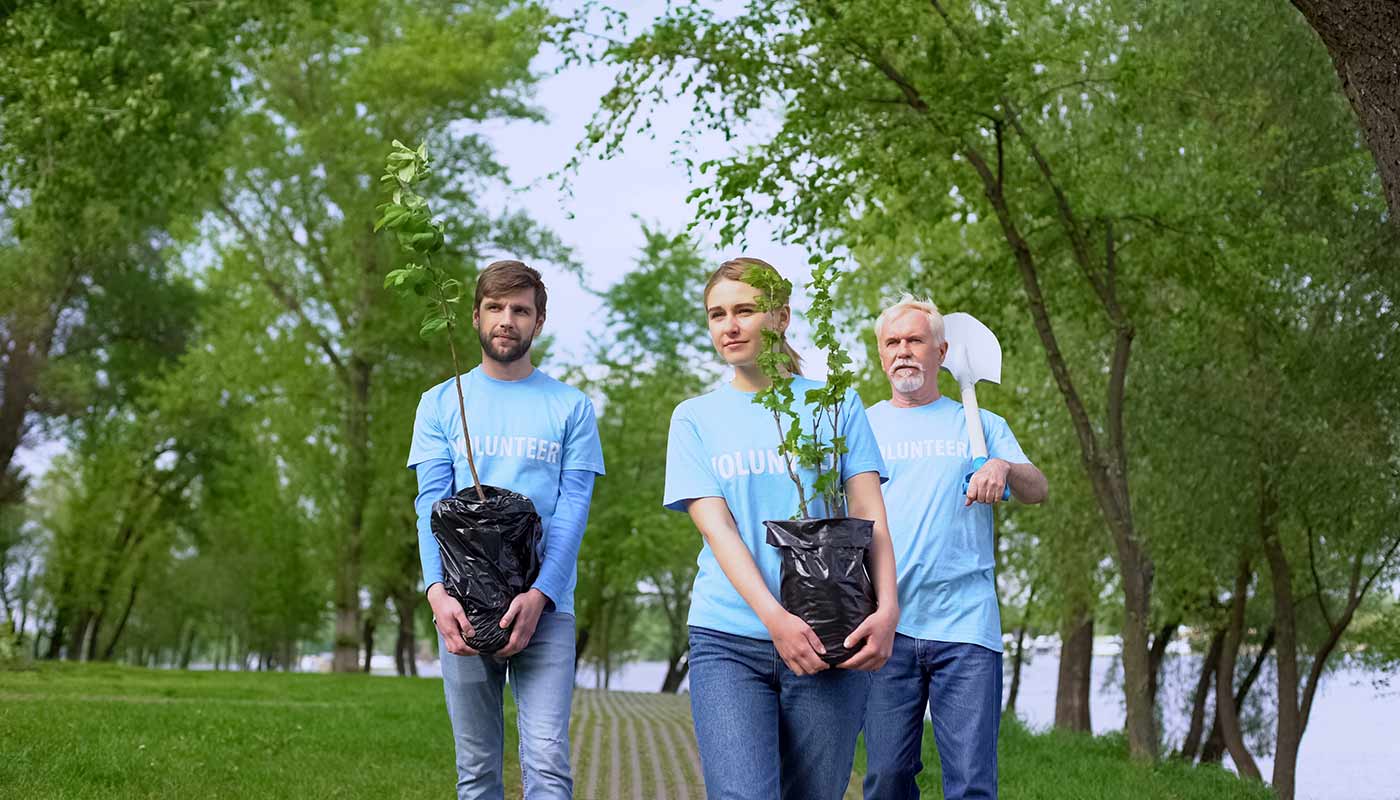
Hosting an event is part art, part science. Creating the right atmosphere for event attendees takes a huge amount of preparation and strategic thinking. And as we return to live, event planning will come with even more requirements. One of them is addressing growing concerns around climate change. With the sustainability movement gaining massive traction over the pandemic and responsible business’ advocacy on the rise, it is now more critical than ever. And the benefits are numerous for planners.
Eco-friendly events drive customer loyalty, boost morale and promote productivity in the workplace. Plus, by reducing waste and emissions, you can help the environment, strengthen your brand, and potentially save money.


Here are 6 key steps to running a responsible and eco-friendly event:
1. Pick a sustainable destination
Travel is usually the most significant part of an event’s footprint. Selecting a destination that requires minimum travel for both attendees and hosts will reduce the need for long-distance travel and minimize your footprint. Also, consider the public transport system of each potential destination to ensure participants can reach your event easily. Is there a reliable transit system in place that can connect meeting facilities and venues? A good place to start is by looking into cities with a comprehensive sustainability program in place. For instance, the city of Bordeaux in France has acquired, through its Tourist and Congress Office, the ISO20121 eco-certification on event sustainability management.
2. Be selective about your venue
Choosing a venue that is centrally located and is easily accessible by foot or public transport is essential. If there are multiple functions within your event, try to source a venue that can accommodate, rather than choosing multiple smaller venues that require transport between them all. You can go a step further by selecting a venue that operates a comprehensive sustainability program with human rights aspects and fair labor practices. You can ask potential venues for examples of responsible practices such as waste and energy consumption, sustainability certificates, and ongoing programs to support local communities.
3. Think about transport and travel
When providing travel and local transport suggestions to attendees, recommend routes that generate less environmental impact. Travel and transportation can account for more than 90% of an event’s carbon footprint, so encourage environmentally friendly transport, or organize shared rides to the event from popular pick-up points. If flying is necessary, pick an airline with sound environmental policies. For instance, some airlines now automatically offset travel emissions.
4. Source local food and beverage
Opt for a caterer who understands the need for locally sourced, seasonal, and organic ingredients. Favor menus with vegetables and poultry over red meat, in addition to serving filtered water instead of water bottles. As a comparison, the environmental impact of bottled water is up to 3,500 times greater than filtered/tap water! And if there is leftover food, donate it to a local food bank or homeless shelter to help those in need.
5. Reduce the amount of waste produced
After more than a year of virtual events, attendees are more tech-savvy than ever and used to digital communications. So share all communications digitally and avoid printing unless necessary, or use recycled paper when needed. Goodies also aren’t always a good thing. Promotional items are too often left unused or thrown away after events. Biodegradable or reusable options are plentiful nowadays and are sure to leave a better impression on attendees.
6. Offset any unavoidable carbon emissions
To make your event carbon-neutral, offsetting emissions after your event is the easiest way to comply. Carbon offsetting is a process that allows you and your company to invest in environmental projects in developing countries to balance out your carbon footprint. And there are so many projects to invest in! Many companies are now selecting projects in line with their core competencies and values. From sustainable agriculture to better schools to protecting the rainforest - there’s always a project that is right for you.
